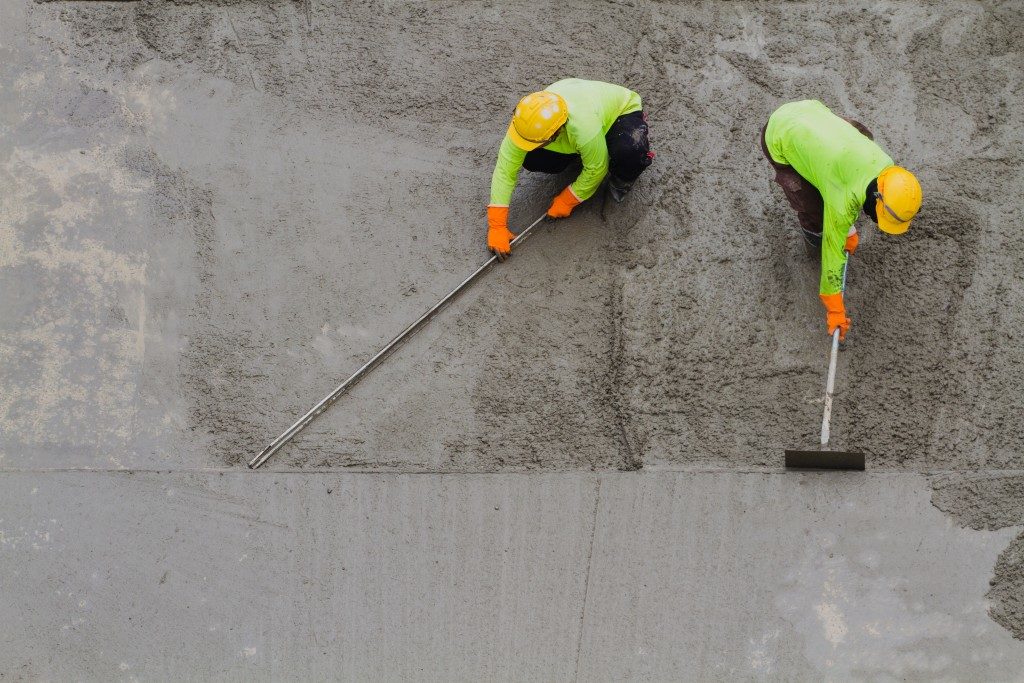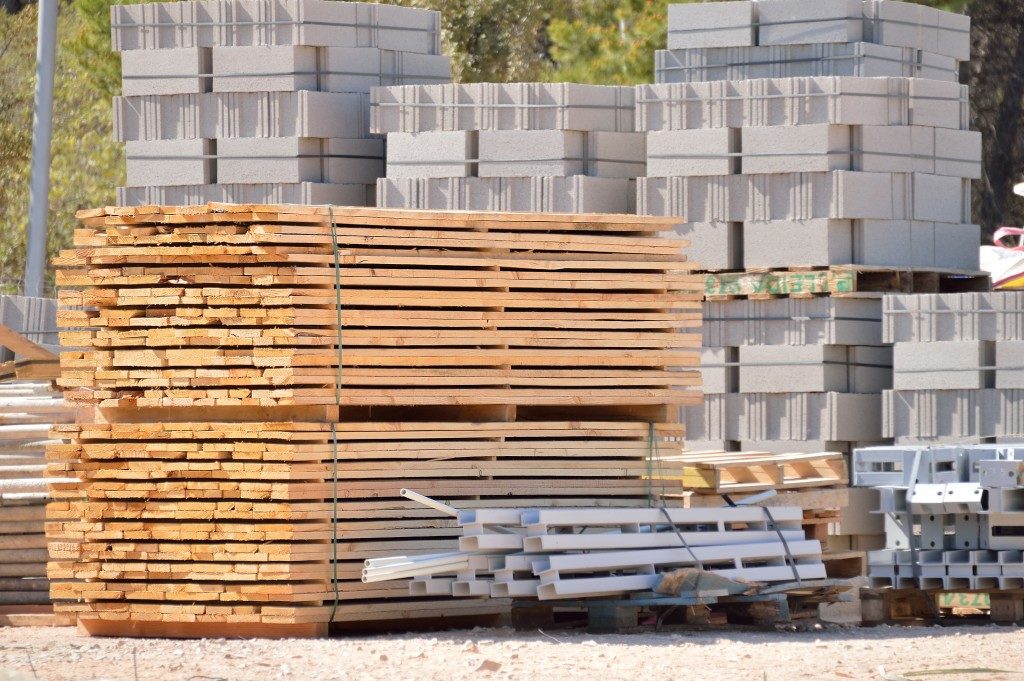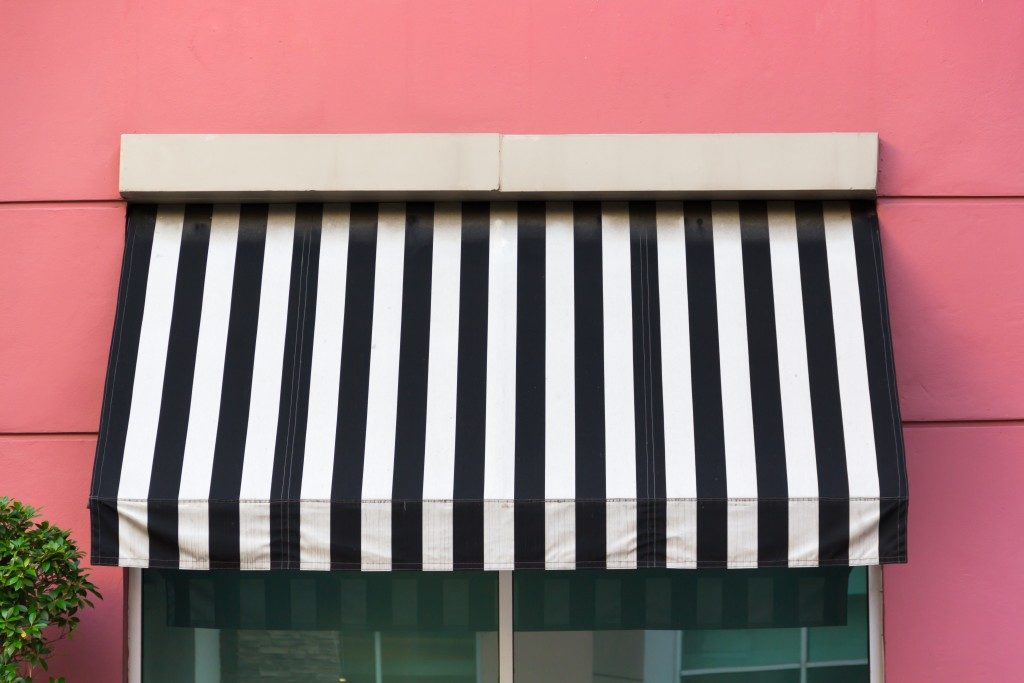Technology is allowing buildings and establishments to become sustainable. The main purpose here is to generate less greenhouse gas and reduce carbon footprint by using less energy, water, materials, and other resources. Architects and engineers create green buildings by incorporating sustainable methods down to the details, from planning and design to construction, operations, maintenance, and renovation.
The construction of a sustainable building starts from the foundation: the construction materials. Here are two sustainable construction materials to watch in 2019, and the coming years.
1. Engineered stone
Engineered stone are composite materials made from crushed stone bound together by an adhesive, usually resin, and then polished to a fine sheen. These are a cost-effective alternative to natural stone since the latter has to be sourced in large amounts from mines or quarries.
Also called agglomerate stone, these can come in many forms, including engineered marble stone, engineered quartz, or a mixture of the two. The application depends on the natural stone used. For example, homeowners can use engineered marbles for indoor floorings and walls and quartz-based stone as an alternative to granite, like kitchen countertops.
Industry experts predict that engineered stone will dominate as the countertop surface material to get, rising 4.5 percent yearly and reaching 152 million square feet by 2022. The growth in demand is almost entirely due to sales in residential consumers. The demand for engineered stone exceeded granite, which was formerly the primary material in the luxury residential market.
The rising demand for agglomerate stone is due to its greater availability, aesthetic properties, durability and low-maintenance qualities, color uniformity, and a smoother, non-porous surface. Because engineered stone is highly resistant to heat, consumers are quickly seeing the benefit of installing quartz countertops in Utah, Arizona, and other places with a hot, dry climate.
2. Reduced-carbon concrete
 Concrete is the center of many discussions regarding carbon-emitting building materials. This is because the chemical and thermal combustion processes involved in cement production contribute 8 percent of the global carbon dioxide emissions. And because concrete is the most widely consumed resource on the planet, second only to water, its carbon emission is a huge problem. Any serious effort to decrease greenhouse gas emissions will require improving concrete’s environmental performance.
Concrete is the center of many discussions regarding carbon-emitting building materials. This is because the chemical and thermal combustion processes involved in cement production contribute 8 percent of the global carbon dioxide emissions. And because concrete is the most widely consumed resource on the planet, second only to water, its carbon emission is a huge problem. Any serious effort to decrease greenhouse gas emissions will require improving concrete’s environmental performance.
Solidia Technologies, a New Jersey-based cement technology company, uses a patented cement recipe that produces less carbon dioxide than the industry benchmark, which is Portland cement. Solidia Tech’s chemical process forms calcium-carbonate bonds and silica between cement particles, which results in cement that is stronger than the Portland variety. Solidia’s cement generates 30 percent less greenhouse gas than the usual Portland cement.
The company adds that their cement doesn’t carbon dioxide as it cures, unlike normal cement. Adding up the lowered emissions in the production phase and in the curing part, Solidia’s cement has a total of 70 percent reduction in carbon footprint. This amounts to a 1.5 gigatons worth of savings in carbon dioxide, according to the company.
These are just two of the recent developments and trends in sustainable building materials. With the rising number of innovations in sustainable construction, developers, homeowners, and property owners have a variety of options to make their buildings and establishments kinder to the environment.




